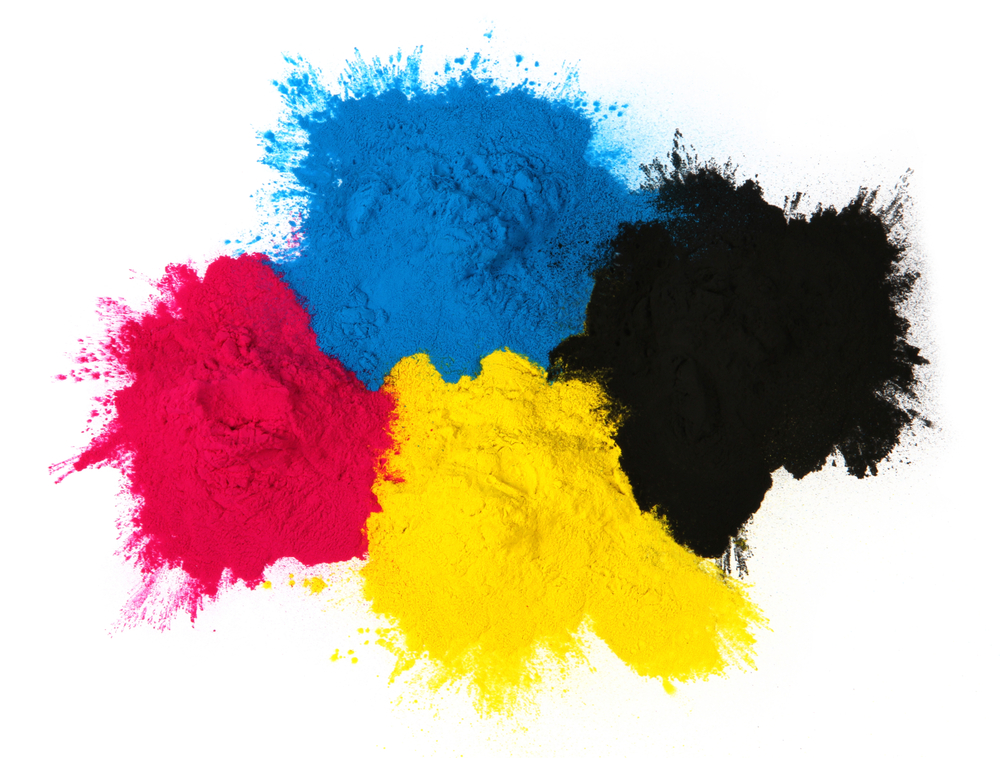The Science of Inkjet Printing
The printing industry has changed dramatically from the very first black and white printers in large scale office buildings. The technology available now allows printing from the device in your pocket, in high definition resolution and full-colour printing, like most stalwart technologies, is often taken for granted without enough appreciation and understanding of the science. Inkjet printing is one of the major innovations that helped drive change in a host of industries and an example of science at work. It’s both fascinating and enlightening to explore in-depth, and you’ll start to look at printing in a different light after you understand the science behind inkjet printing.
What is Inkjet?
The term ‘inkjet’ refers to the type of printer technology in use. It’s not only a foundational element of all printing technology but one of the longest standing printing techniques. Inkjet printing works by expelling droplets of ink in the form of the selected image or content that is being printed. Depending on the cartridge used in the printer, quality can be greatly impacted. The two main types of methods that inkjet cartridges use are thermal printheads or the electric-current-controlled piezo crystals. Each of these methods has a unique way to create and expel the droplets of ink involved with inkjet printing, and this is where science begins.

Thermal print heads
Thermal print heads use the science of heat and expansion to create a bubble within the inkjet cartridge to push ink droplets out in the form of the chosen print. As the ink heats, a bubble forms and when the bubble reaches a pressure too high to contain, the ink droplet is forced through the nozzle and onto the page. This is the more traditional cartridge science used in inkjet printing and delivers high speed and accurate print in most circumstances.
Electric-current-controlled piezo crystals
The more advanced method for inkjet printing is known as electric-current-controlled piezo crystals. As the name suggests, this method utilised a lot of scientific theories to create crystal clear printing every time. Instead of utilising heat, this method embeds crystals into the printer head that respond to electrical current to help push the ink onto the page. The speed at which these currents can create a response from the crystals is what makes this method so efficient, pushing upwards of 50,000 droplets per second.
The end resul
Inkjet printing is not only superior in the scientific method that makes them work, but they also provide a superior output. Inkjet printing is a cleaner and smoother way to blend inks and colours together to create a more detailed print each time. As opposed to other methods of printing, such as laser printing, inkjet allows you to print on different paper styles and create sharper creative prints of images or photos. With no warm-up necessary, inkjet prints also allow you to get started straight away and complete those heftier print jobs in a shorter time frame.
Inkjet printing works through two primary methods utilising scientific advancements in cartridge technology. Whether you opt for the thermal or electrical current method, inkjet printing is sure to provide you with a versatile, high-quality print in next to no time at all. Cartridges Direct are at the forefront of scientific and environmental movements, facilitating buyers with the knowledge to apply best practise ts every stage of the inkjet lifecycle.
Explore Popular Articles
-
Best Desk Accessories For Staying Organised & Efficient
5th Dec 2025In a world where so many of us are constantly juggling emails, to-do lists, deadlines, and documents
-
Why is My Printer Ink Smudging? — Key Tips & Solutions
5th Dec 2025If your prints keep coming out smeared, streaky, or wet to the touch, then you are not alone. Ink sm
-
Sublimation vs. Inkjet: Which Printer Is Best For Artists?
27th Nov 2025Sublimation vs. Inkjet: Which Printer Is Best For Artists? Artists today have more printing options




